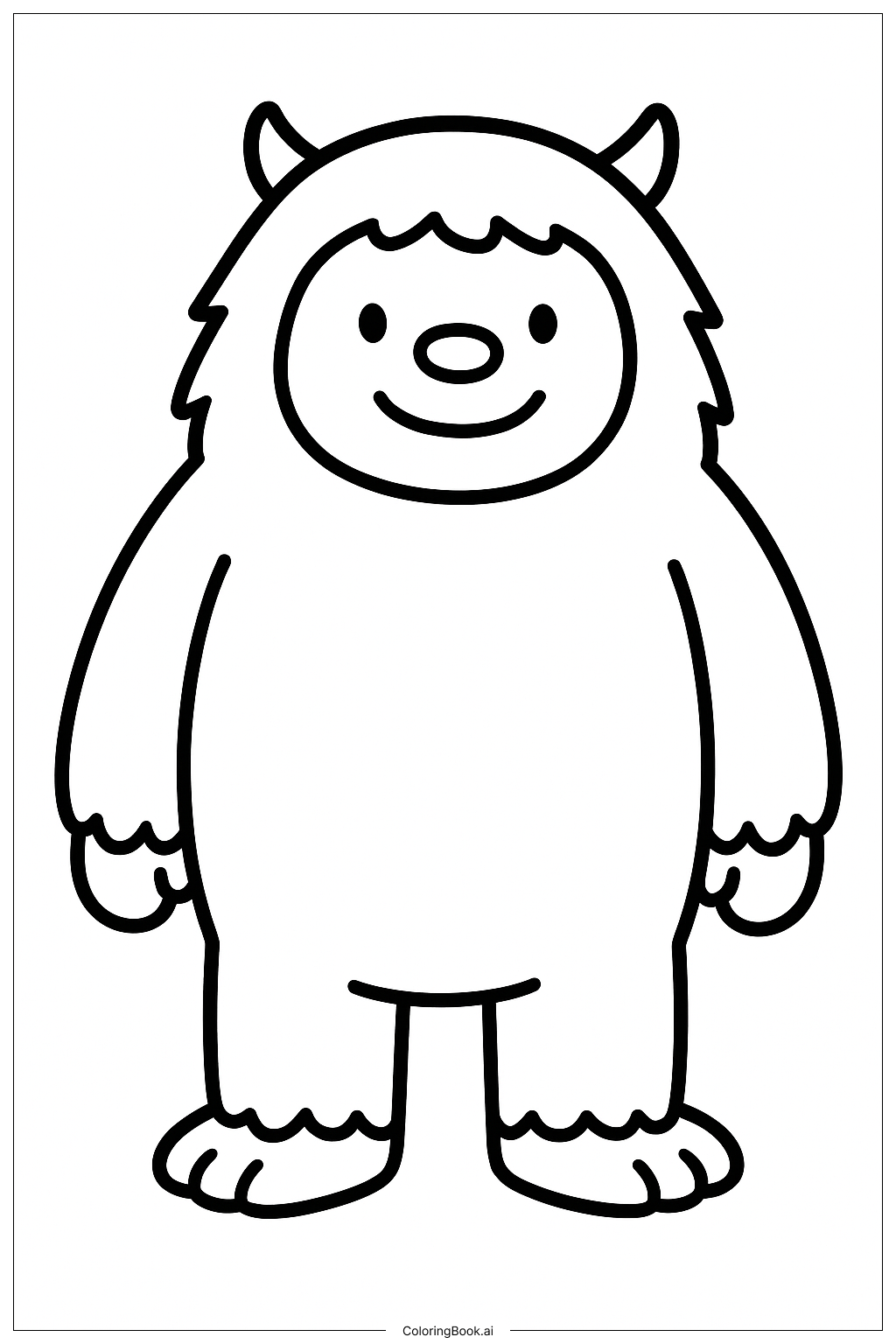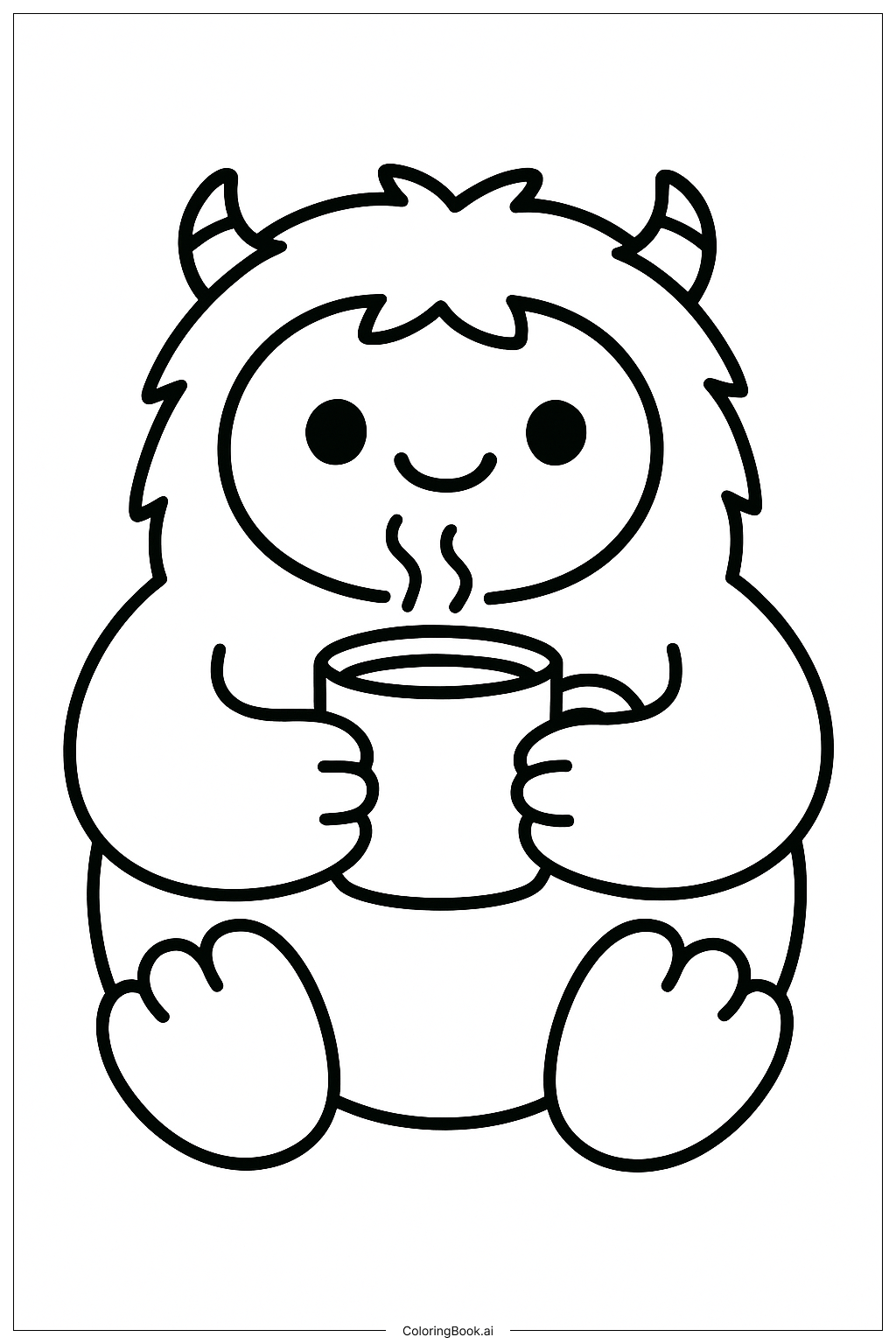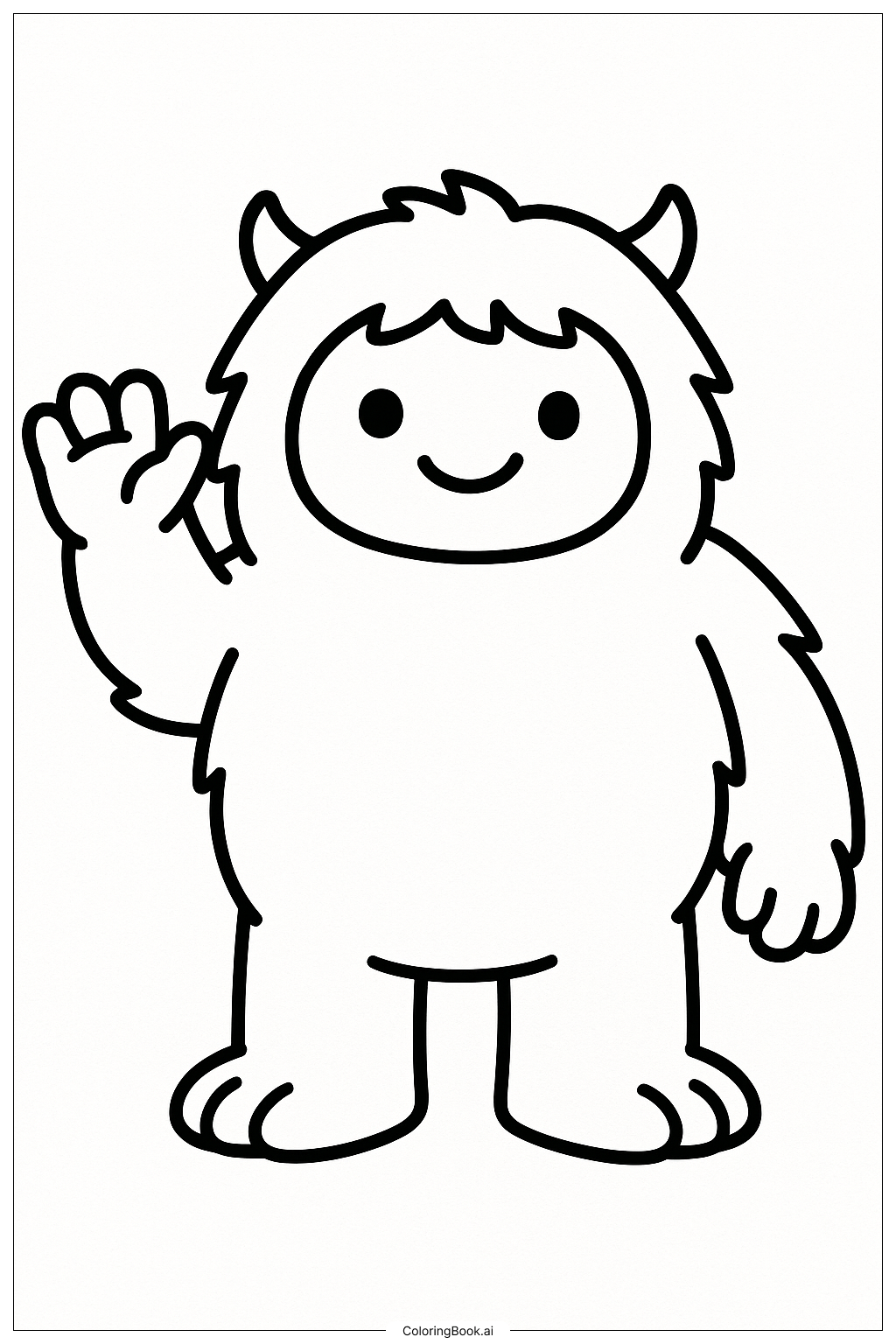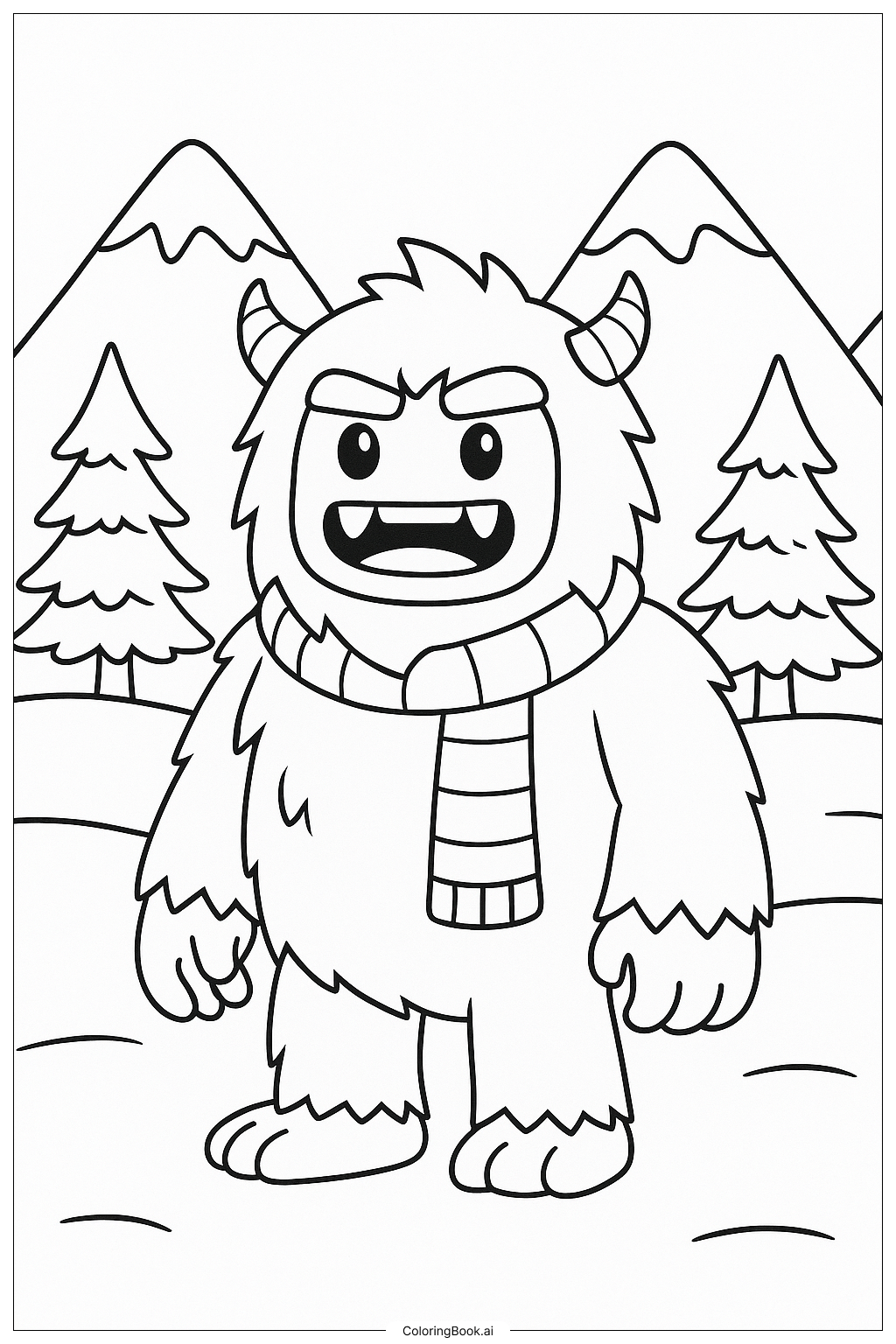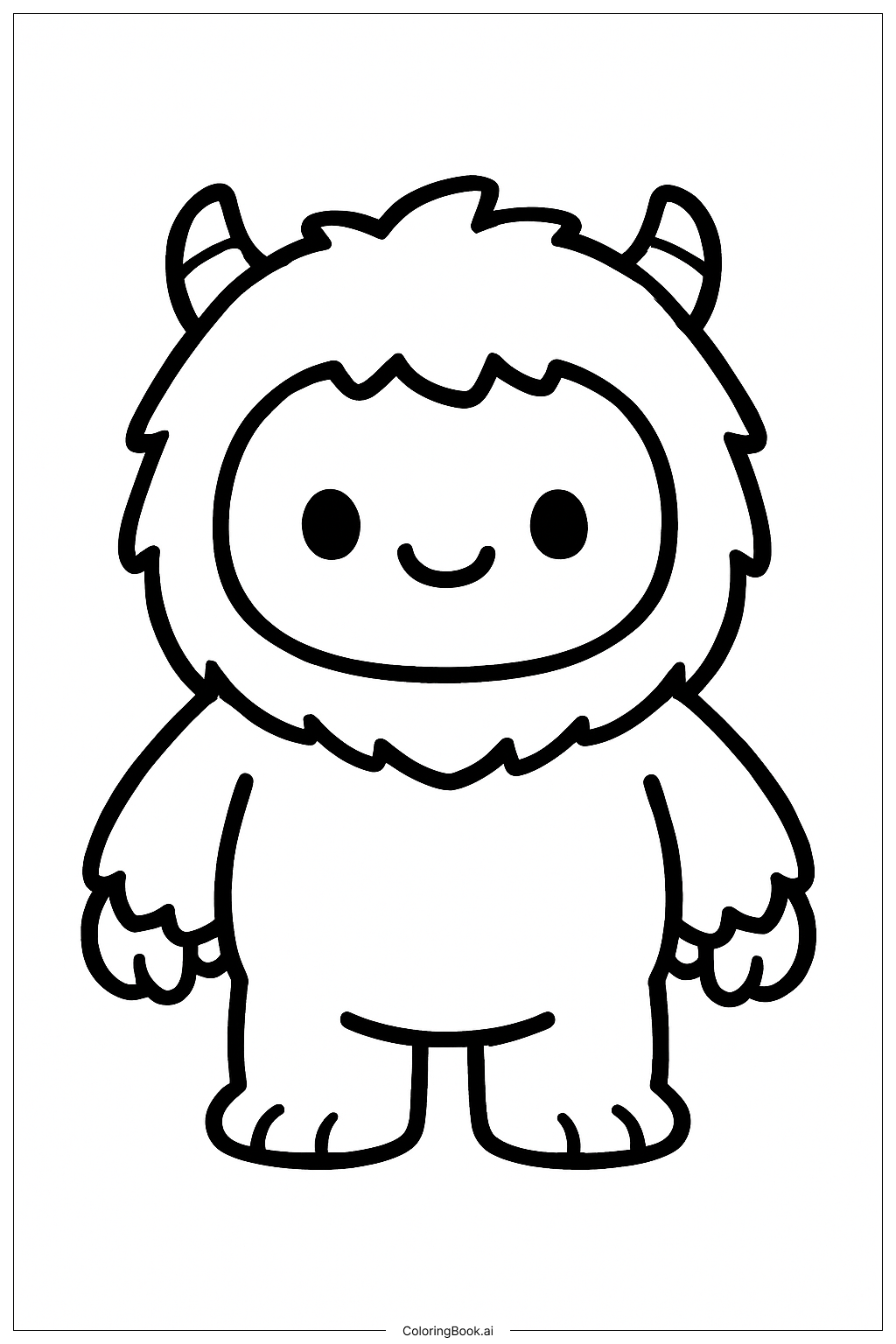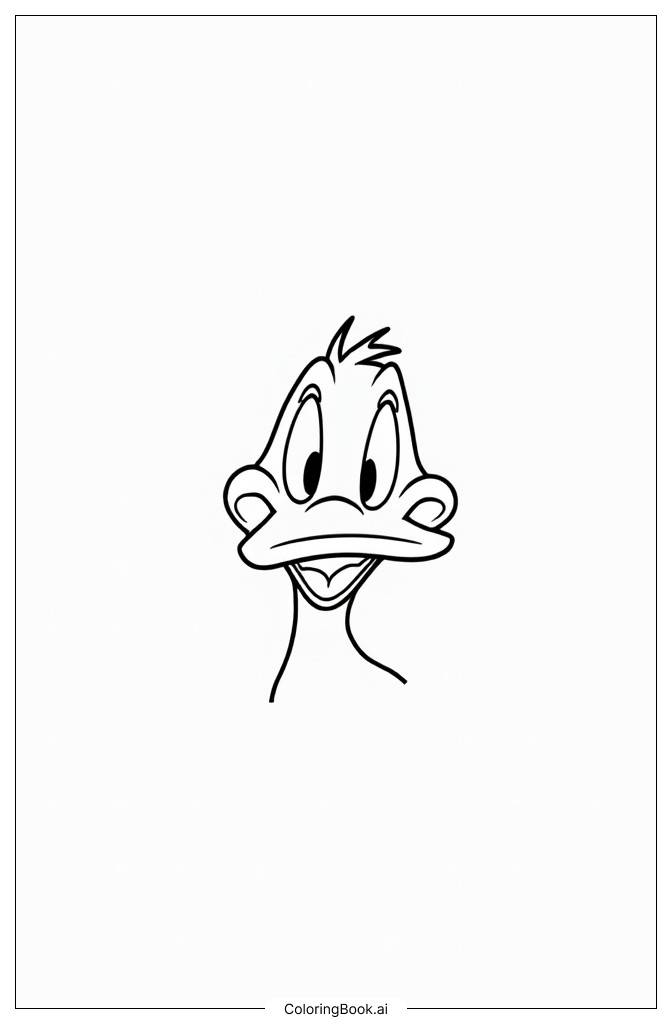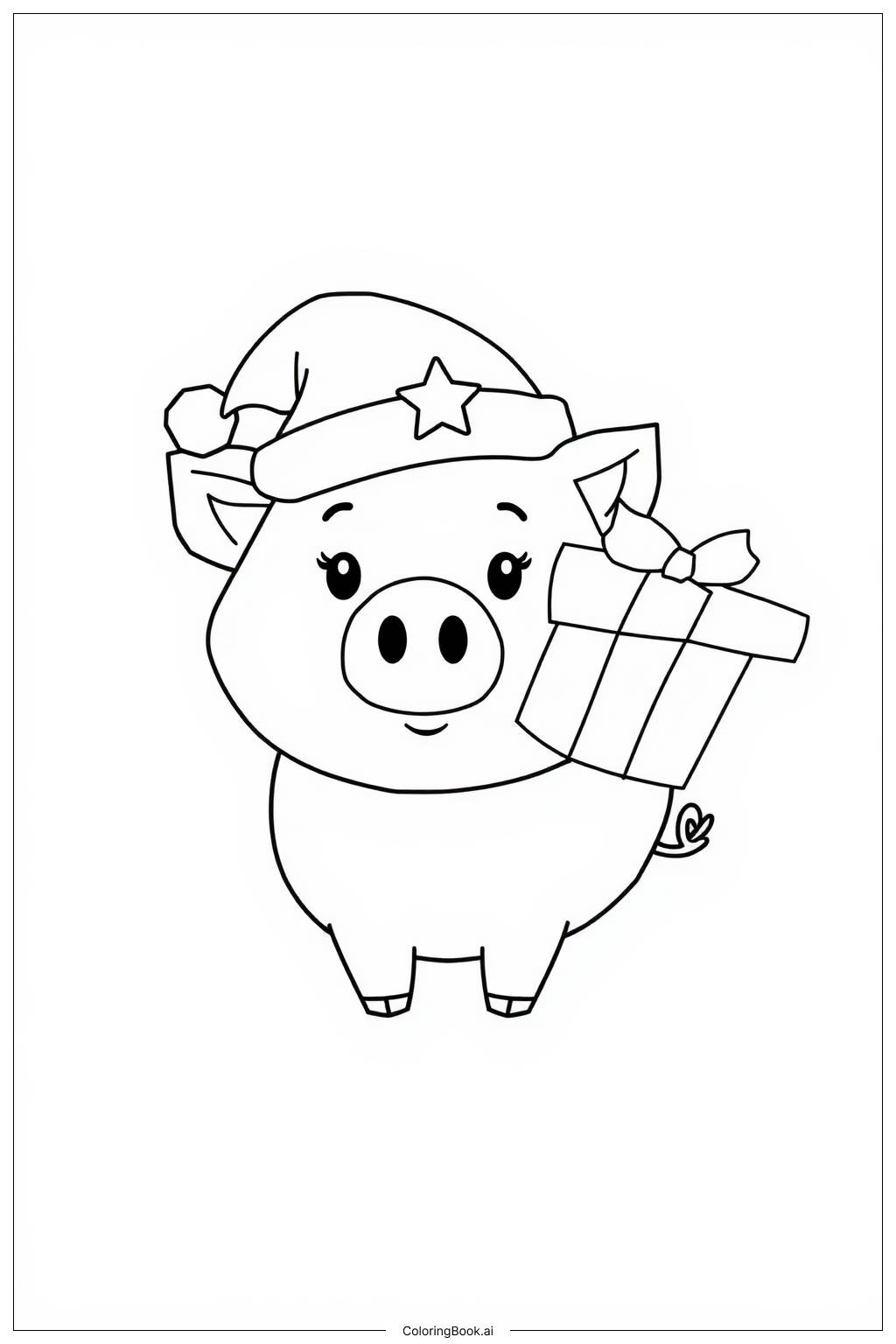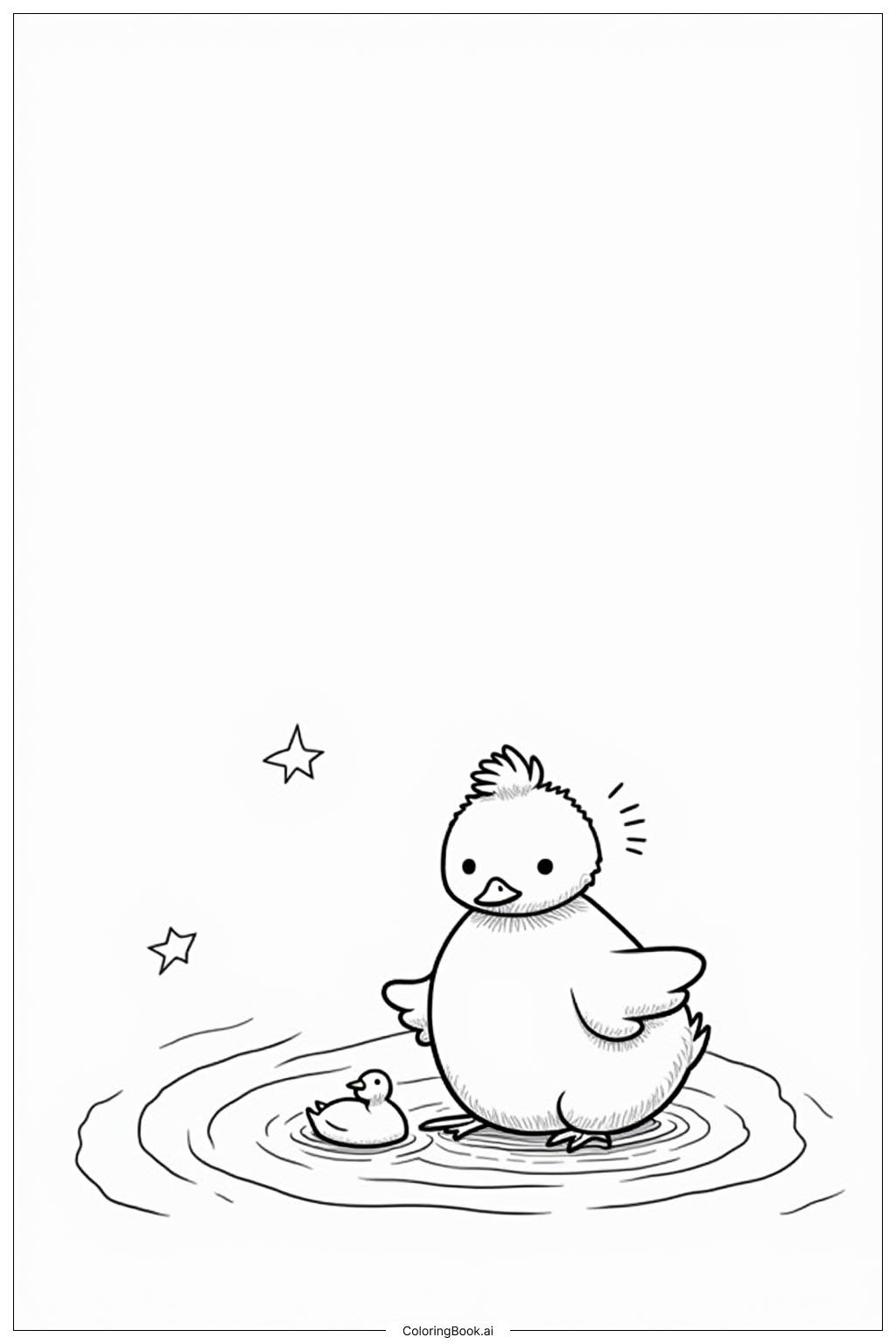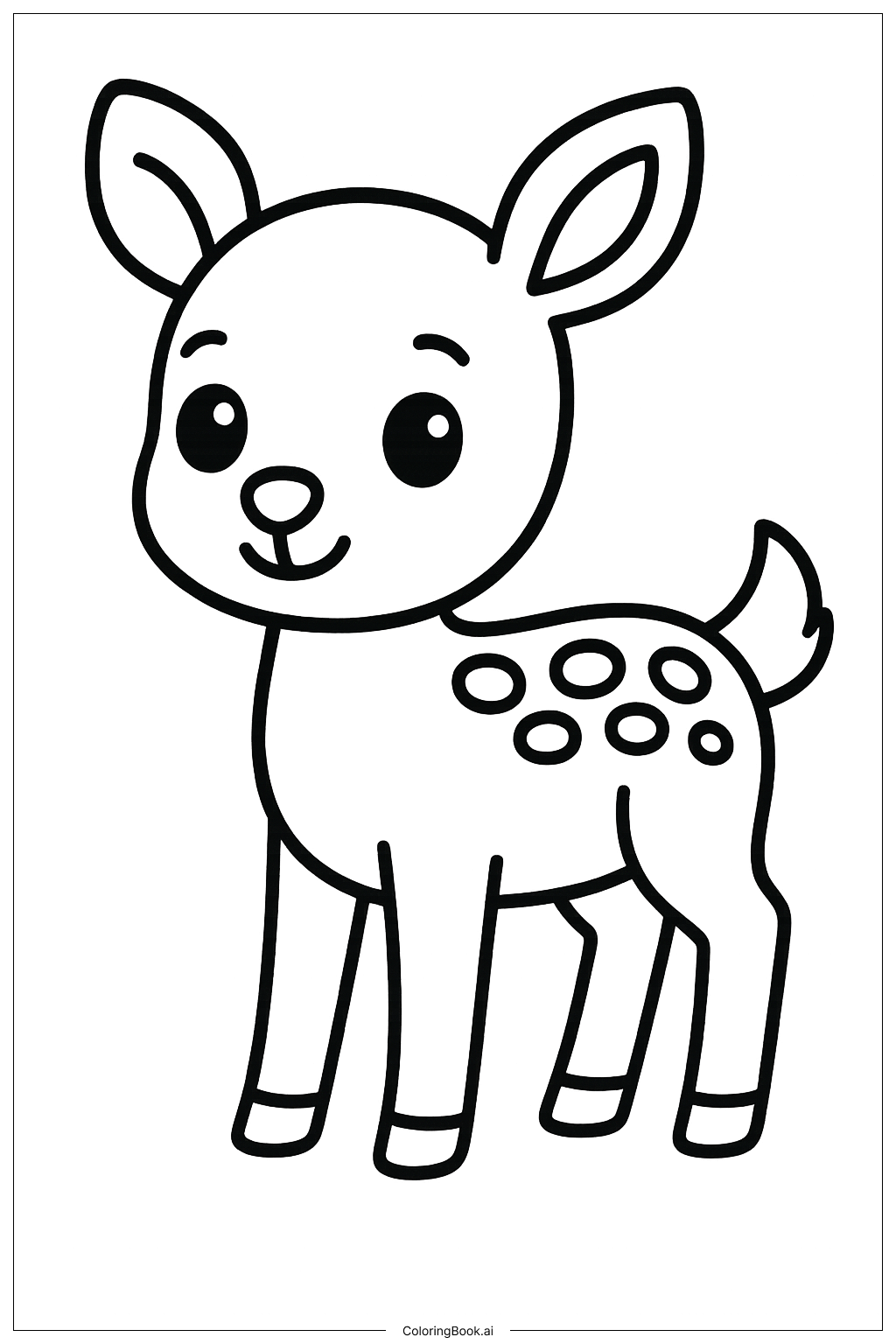Coloring tips: How to color A Simple Dancing Yeti coloring page well?
Use light colors for the yeti’s fur, like pale blue, light gray, or soft lavender. The small horns on its head can be colored in a bright or darker shade to stand out, like purple or dark gray. For the face, use warm colors such as soft pink for the nose and a gentle peach or tan for the face area. You can add colorful accessories or patterns on its body if you like. Don’t forget to color the background with bright colors or snowflakes to create a fun winter scene around your dancing yeti.
Coloring challenges: Which parts are difficult to color and need attention for A Simple Dancing Yeti coloring page?
1. Coloring the yeti’s fur evenly without going outside the lines can be tricky because of the scalloped edges on the arms and legs.
2. The horns are small and need careful coloring to avoid overlapping into the yeti’s head.
3. The face has small details like eyes, nose, and mouth that require precision for neat coloring.
4. Balancing colors between the fur and the face to make the yeti look lively without mixing too many colors can be a challenge.
5. Deciding how to color the background around the yeti without covering the main figure may require some planning.
Benefits of coloring books: Advantages of drawing A Simple Dancing Yeti coloring page
Coloring this dancing yeti helps children improve their hand-eye coordination as they stay within the lines. It encourages creativity by letting them choose colors freely and experiment with different shades. Coloring the small details on the face and horns helps develop fine motor skills. This fun yeti’s simple shapes reduce frustration but still offer enough challenge to build confidence. It also introduces kids to imaginary creatures, inspiring their imagination and storytelling skills as they bring the yeti to life on paper.
